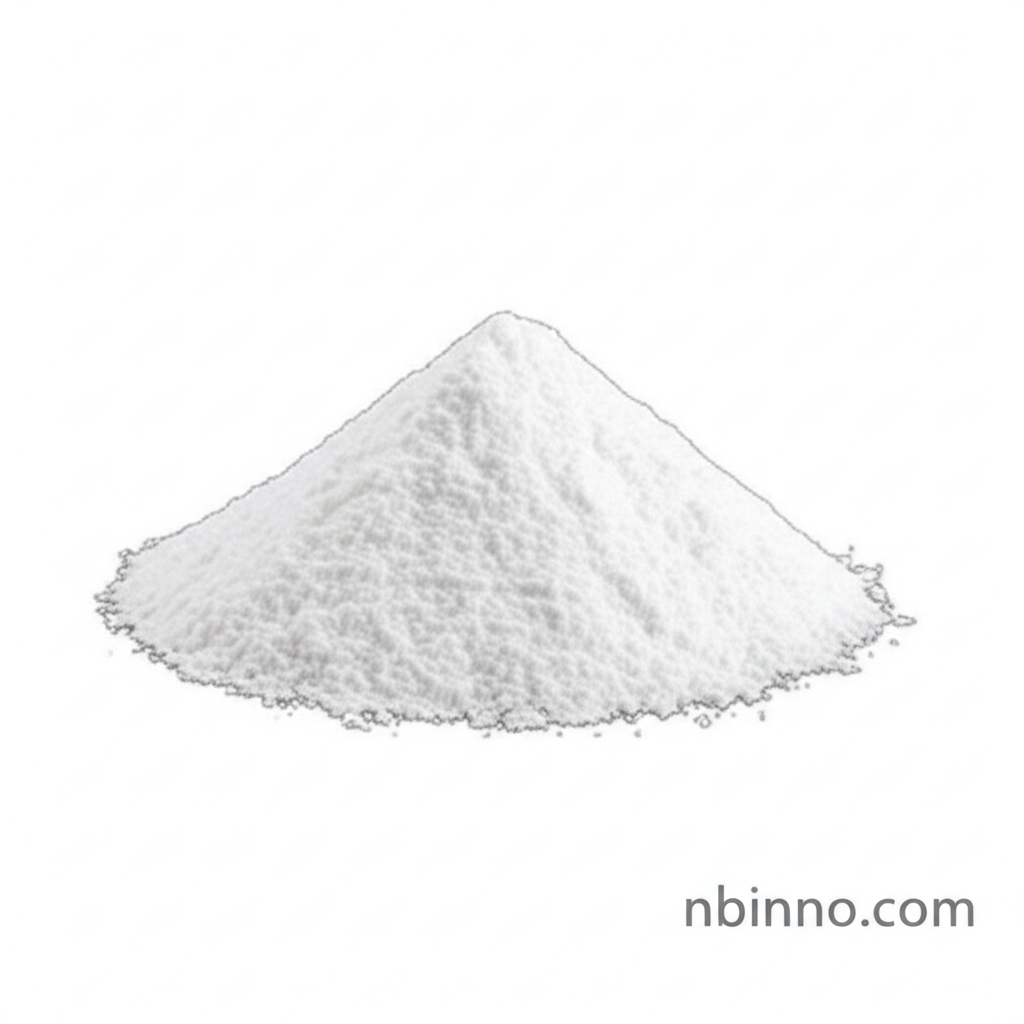Hydroxypropyl Methylcellulose (HPMC): A Versatile Additive for Construction, Pharma, and Food Industries
Discover the broad applications and benefits of Hydroxypropyl Methylcellulose (HPMC) across key industrial sectors.
Get a Quote & SampleProduct Core Value

Hydroxypropyl Methyl Cellulose
Hydroxypropyl Methylcellulose (HPMC) is a highly versatile, non-ionic cellulose ether derived from natural refined cotton. It is a white, odorless, and tasteless powder that dissolves in cold water to form a clear, viscous colloidal solution. Its unique chemical structure and properties make it an indispensable additive across a wide spectrum of industries, from enhancing the performance of construction materials to improving formulations in pharmaceuticals and food products.
- Leverage HPMC's excellent water retention properties to maximize water content in slurries, ensuring proper hydration and preventing premature drying in construction applications like tile adhesive.
- Utilize HPMC as a binder for mortar to improve workability, plasticity, and adhesion, making application easier and quicker for construction projects.
- In the pharmaceutical industry, explore the use of HPMC as a controlled-release agent in tablets, ensuring sustained therapeutic effects and improving patient compliance.
- Benefit from HPMC's thickening and stabilizing capabilities in food products such as sauces and dressings, enhancing texture and preventing ingredient separation for improved shelf life.
Advantages Brought by the Product
Enhanced Workability
HPMC significantly improves the workability of cement-based materials. Its lubricating and plasticizing effects ensure that mortars and plasters are easier to apply, extending the open time and allowing for more efficient construction processes, as seen in applications like HPMC for tile adhesive.
Superior Water Retention
As a key water retention agent, HPMC maximizes water content in various formulations. This is critical for cement hydration and prevents issues like cracking in dry mix mortar applications, ensuring the long-term strength and durability of structures.
Improved Adhesion and Stability
The film-forming capabilities of HPMC enhance adhesion and stability. In tile adhesives, it improves bond strength, especially for heavy tiles, while in pharmaceutical formulations, it creates protective coatings for tablets, contributing to overall product integrity.
Key Applications
Construction Industry
HPMC is a vital component in construction chemicals, serving as a thickener and binder in tile adhesives, mortars, skim coats, and EIFS. Its water retention and anti-sagging properties ensure optimal performance and durability of building materials.
Pharmaceutical Industry
In pharmaceuticals, HPMC acts as a binder, film-former, and controlled-release agent for tablets and capsules, improving drug delivery and patient compliance. It also finds use in ophthalmic preparations for dry eye relief.
Food Industry
HPMC functions as an emulsifier, thickener, and stabilizer in various food products like sauces, dressings, and bakery items. It helps achieve desired textures, prevent ingredient separation, and extend shelf life.
Cosmetics and Detergents
In cosmetic and personal care products, HPMC acts as a thickener and film-former, enhancing product texture and stability. It is also used as a thickener in liquid detergents and shampoos.
